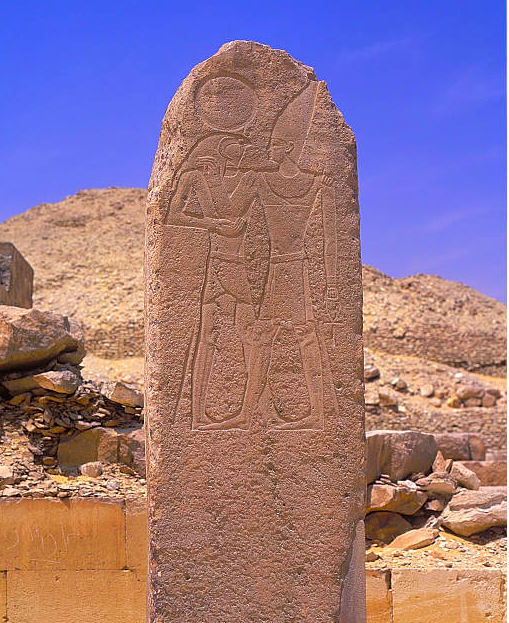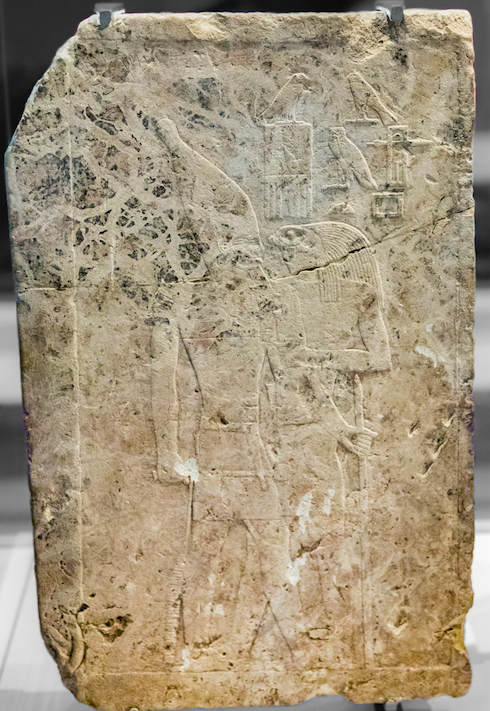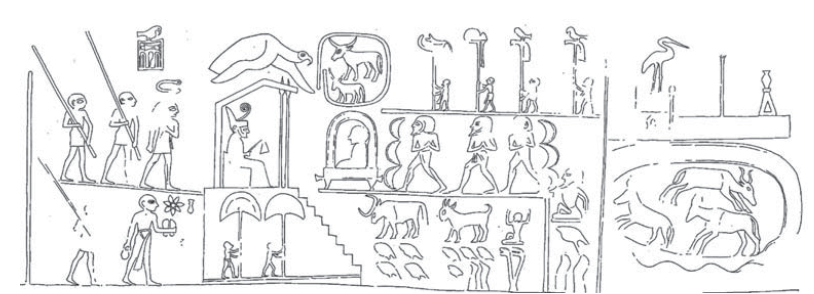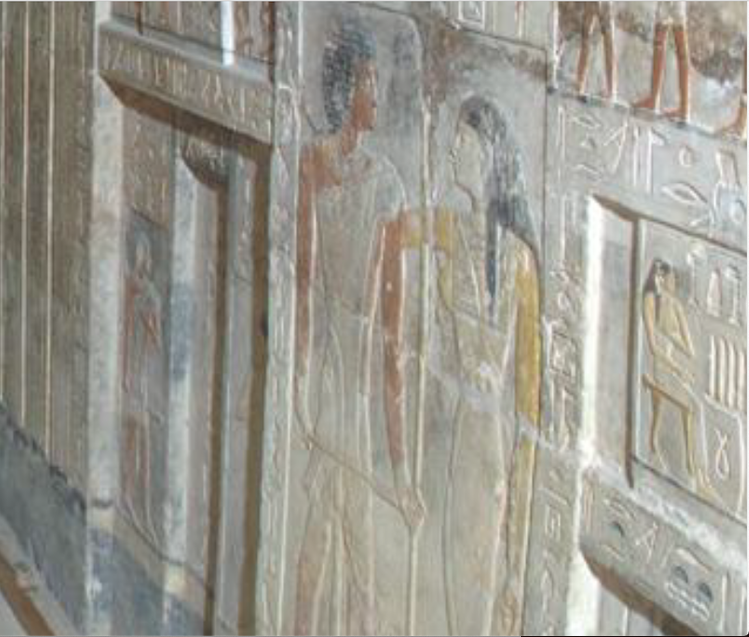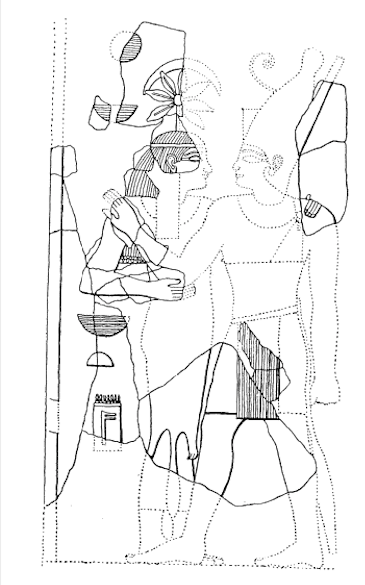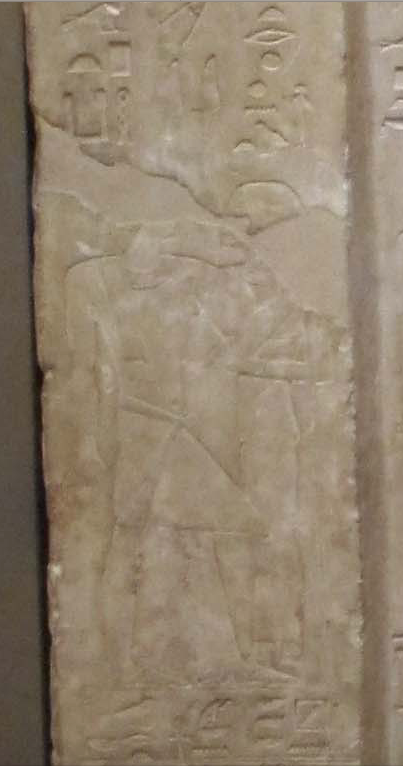Home
Welcome in this study site about marriage in ancient Egypt.
It contains a certain number of new informations about law and religion that took over the 3000 years circa of this civilization.
All these informations will be confirmed by a forthcoming book about the wedding ceremony in ancient Egypt.
Laure de Lamotte ©
P.S.
The truth (lat. veritas, de verus, true), is adequacy between reality and the man who thinks it (définition of the dictionary Larousse).
Introduction
For the ancient Egyptians, not only all creatures in the material universe, but also myths, rituals, institutions (such as the coronation, cf. The headband Seshed, Royal throne, The two ‘bas ’) and in particular the institution of marriage - the formal union of a man and a woman referred to by the legal terms 'husband, hj' and 'wife, ḥmt' - found their true meaning in the 'god incarnate', or marriage:
1) of the god Horus "the great god, nṯr ʿȝ" (PT (= Pyramid Texts) 252),
- called Ra (PT 570 §1448: "O mighty son of Osiris (...) ascend for this N in thy name of Ra (...)"),
- and also named Horus "in the house 'great castle' (=wife)" (Qahedjet stele, 3rd dynasty), i.e. "conjugally united with 'the great castle'", "his eye (the eye (jr. t, fem., i.e. wife) of Horus), the gods, the double Ennead, the two districts/lions, the imperishable stars, the akhou spirits, the men (rmṯ), the earth and the sky, Isis, Ma'at (etc...)",
2) with his father the god Osiris (called Horus N on the Qahedjet stele), Osiris whose man N, "took the form", i.e. the conjugal form of the god Osiris with his wife (the same wife as that of Horus cf. supra and infra).
Indeed, Osiris was also called "the horizon (=mother-wife) from which Ra (husband) comes forth, ȝḫ.t prt Rʿ jm)"(PT 357, 364) and conversely, "Inside (=Re) of the palace (=wife), ẖn ʿh" (PT 357)). Osiris was named either by the name of the husband or by that of the wife, as the spouses were one body (ẖ.t, PT 370).
Osiris/Ra N embraced by Horus (Qahedjet stele) or Amun-Ra (cf.The embracing by a god, figs. 2,3,4 ), could be replaced in this attitude by Amun-Ra himself, embraced by a "god's wife" in the role of Isis/Ma'at, the eye (=wife) of Horus (cf. The embracing by a god).
Osiris was called the 'ka (divine spirit, husband)' of his son Horus (PT 357, 364) whose gesture of embrace imitates that of the wife in general (cf. The two ‘bas ’).
Thus the god Osiris/Horus/Ra lived eternally with his wife, "the eye, Isis, Ma'at, the gods, the double ennead, the eye of Horus, etc.," a wife who was his djet (=wife) body (PT 41, 77, 224, etc.)) or Khet (ẖ.t, PT 370). And every man could be called Osiris N/Horus N/Rê N, and thus identified with these gods, on the sole condition that he was well united with the wife of these gods, i.e. Isis, Ma'at, the gods, the horizon, the palace, etc...
This marriage between the god Horus and Osiris N (= the deified man), was described as the union of the 'two bas' (cf. The two 'bas'), a union including or implying the marriage of Osiris N with the wife of Horus, i.e. the gods, the double ennead, the eye of Horus, Isis, Ma'at, etc...allowing the latter Osiris N to become himself a Horus N, having the same wife (=body) as Horus.
This marriage was necessary because Osiris N's body had suffered a triple injury (nknt, jy PT 215, 255, 256):
1) by drowning ("mḥ, to be immersed, to be drowned, cf. TP 33, 364, 423, §24, 766, §615, "nb(w).t, drowned parts" of Osiris' body, PT 606 §1683-1685)
2) and by amputation/cutting of limbs and dispersion ("dmȝ.t, cut parts" of the body of Osiris PT 606 §1683-85, PT 437, 483, 610).
3) by mutilation of the eye, and emasculation, during the fight between Horus and Set to obtain this eye symbolising the whole body (=wife) of Osiris (PT 724 (var. of PT 524)).
This triple wound was inflicted by the god Set, except for the emasculation inflicted by Horus on Set.
Now the marriage of Osiris and Horus allowed Horus to heal (wt) this triple wound (nknt) of Osiris' body and conjugal love, this disease (mr) of Osiris' "paw (wʿrt)", of this "finger (ḏbʿ) thus "bandaged (wt)" with the "sšd blindfold" (=gods, wife, PT 519 (cf. The headband Seshed).
Indeed Horus "gave" his own limbs (= his eye, the gods) as wife to Osiris. These limbs (symbolised by the eye), then became Osiris' own missing limbs (=wife).
This wound was the cause of Osiris/Horus' "strength (wsr, nḫt = wife)" and "protection, mkt" (PT 255: N is "the one who is strong (wsr) by means of his wound"; PT 256: "his eye (= wife) is his strength/victory (nḫt), his protection (mkt, = wife) is by means of what was done against him").
But also, through this marriage, the god Horus, by uniting with Osiris N, became akh (luminous spirit) (PT 357, 368, 664C), i.e., like Osiris, who was "the horizon akhet (wife) from which Re (husband) comes out", and conversely "the interior ( Re) of the palace âh (ʿh) (wife)" (supra). The double play of words (akhet and âh) with the spirit akh, emphasizes the luminous akh nature of Osiris, thanks to his bride (the horizon akhet and the palace âh).
Moreover, the god Horus, by "giving" the drowned, severed limbs as a wife to Osiris N, "made alive" (PT 570, 573, 592, 606) "purified, sʿb" (PT 606) Osiris N, gave "the form of a god, jrw nṯr" (PT 424), his integrity, to Osiris N.
This marriage was an ALLIANCE, i.e. a conjugal union between a created person Osiris N united to the god Osiris/Ra, with the god Horus/Ra. Now the gods Osiris/Ra and Horus/Ra were uncreated ("who came into existence by himself (ḫpr ḏs=f)" (PT 587).
It was indeed a marriage between Horus and Osiris, as testified, among other things, by the gesture of the god Horus "protecting" his father Osiris N, in the manner of a wife towards her husband (cf. The two ‘bas ’).
This divine marriage between Osiris N and the god Horus was the central point, the goal of the ancient Egyptian religion (cf. below « False door », Pyramid Texts and hairdressing).
So much so that this whole religion could be transposed, in the New Kingdom, into standard conjugal Love Songs (e.g. cf. infra The royal throne (following), The royal garment, The mother and milk, The mother and the young girl, The two ‘bas ’ (end of this page), The embracing by a god or a go etc....).
Laure de Lamotte ©
The main sources :
The essential of this study is based on Pyramid Texts wich I have translated by following the hieroglyphic texts published by J. P. Allen ( synoptic edition online), and in confronting this translation with thoses of R.O. Faulkner, The Ancient Egyptian Pyramid Texts, Oxford, 1969, of J. P. Allen, The Ancient Pyramid Texts, Atlanta, 2005 and of Thesaurue Linguae Aegyptiae http://aaew.bbaw.de/tla/index.html .
For the texts' location in the pyramid :
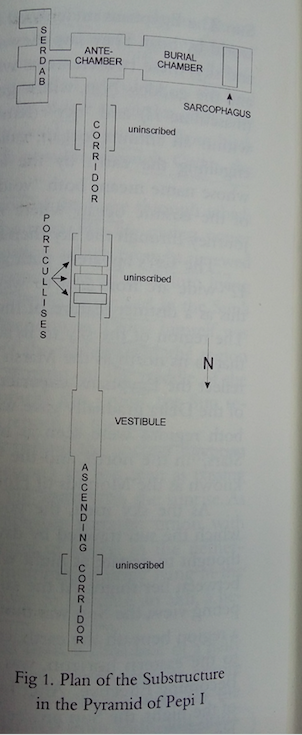
For the letters designating each room, we have choosen the letters between brakets for french publications :
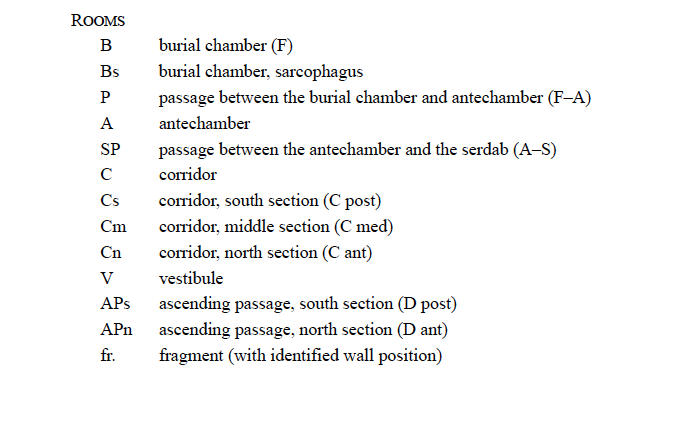
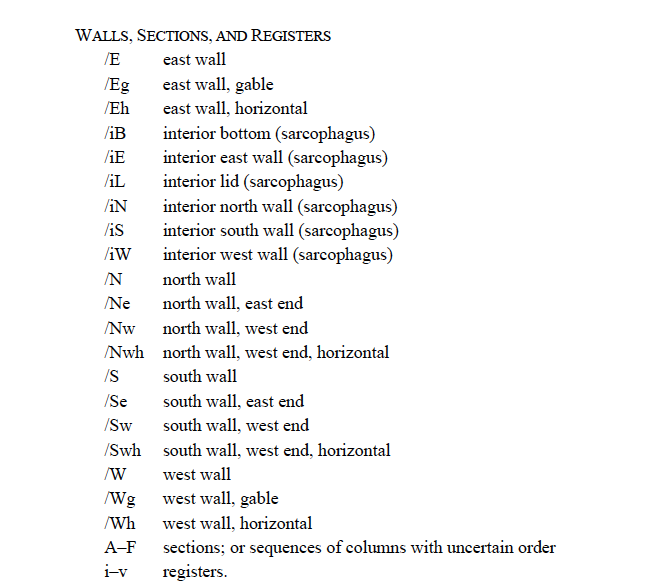
Last edited: 16/11/2021


